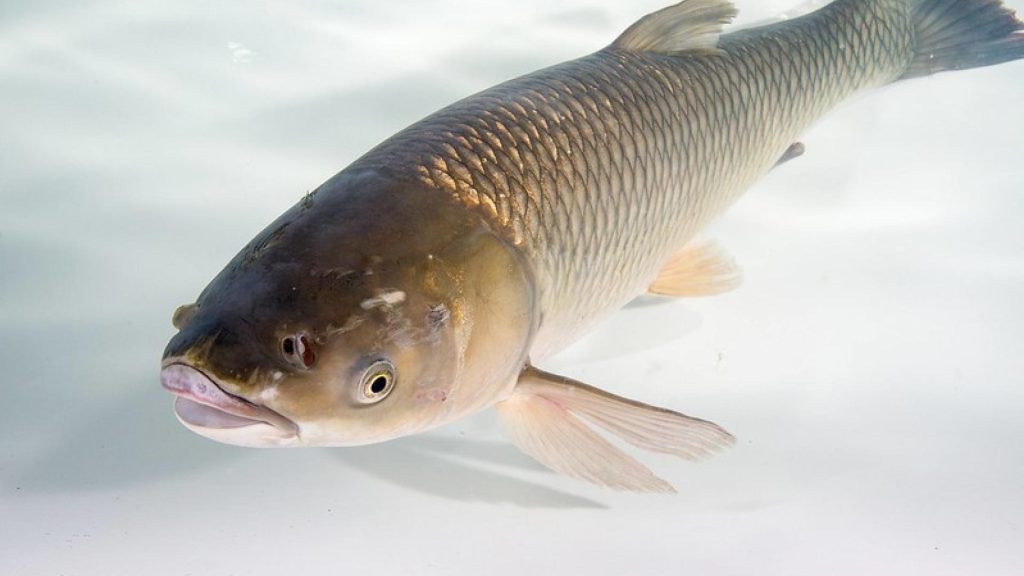Candlewood Lake has recently become the center of an ecological mystery. The Candlewood Lake Authority (CLA) conducted a survey across 18 sites, uncovering a significant reduction in aquatic plant life. The main suspect? Grass carp, introduced to manage invasive Eurasian watermilfoil.
Grass Carp: The Double-Edged Sword

In 2015 and 2017, Candlewood Lake saw the introduction of sterile grass carp as a measure against invasive milfoil. However, these carp have a voracious appetite, extending beyond their intended target. J. Neil Stalter, CLA’s Director of Ecology and Environmental Education, explains that carp feeding is temperature-sensitive, decreasing in colder waters.
While grass carp play a significant role, Stalter points out other contributing factors to the plant scarcity. The survey revealed that most plant life was found below ten feet, indicating that water level drawdowns also significantly impact plant life.
Restorative Efforts and Monitoring
To counteract the diminishing plant life, several measures have been implemented:
- The DEEP actively removed grass carp from the lake.
- A volunteer fishing program was initiated to further reduce carp numbers.
- The CLA increased monitoring efforts.
- Innovative strategies were introduced, such as installing underwater enclosures, which have shown promising results in protecting and encouraging plant growth.
Signs of Recovery and Future Plans
Despite the challenges, there are signs of recovery:
- Some exclosures have shown significant plant growth, a hopeful sign for native species.
- The CLA notes a more robust plant rebound this year, indicating the effectiveness of their management strategies.
Looking forward, the CLA plans to continue its efforts in balancing the lake’s ecosystem:
- Further carp removals
- Potential seeding of native plants
- Expanding protected areas
Conclusion
Candlewood Lake’s journey towards ecological harmony is a community effort, combining scientific insight with proactive environmental management. It’s a delicate balance, but one that holds the promise of preserving the lake’s natural beauty and biodiversity for future generations.